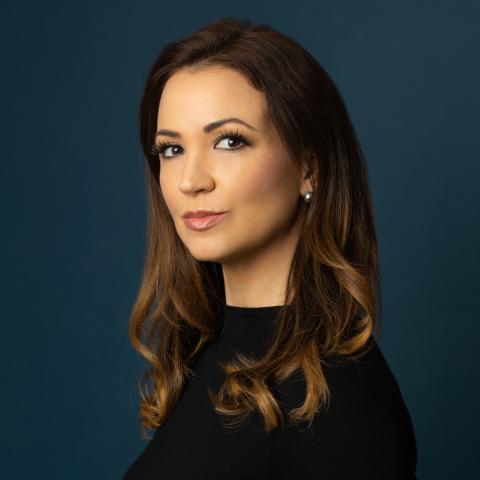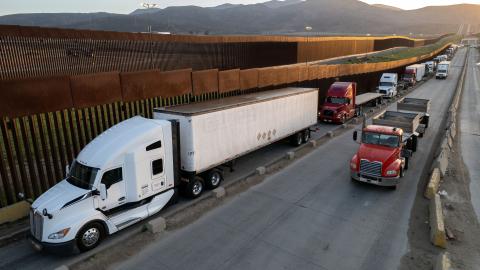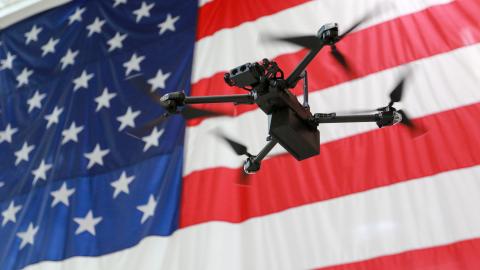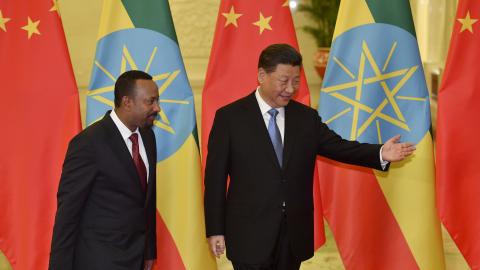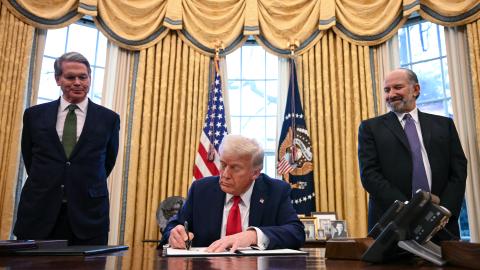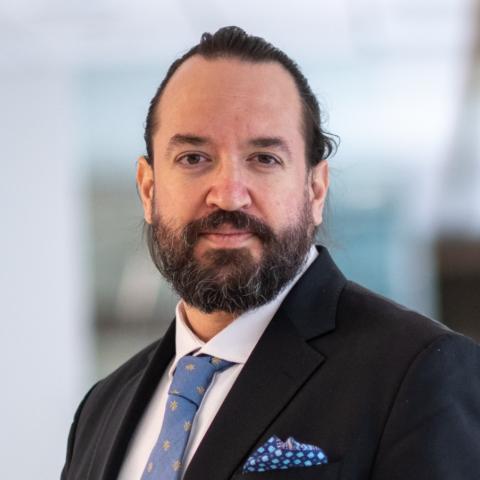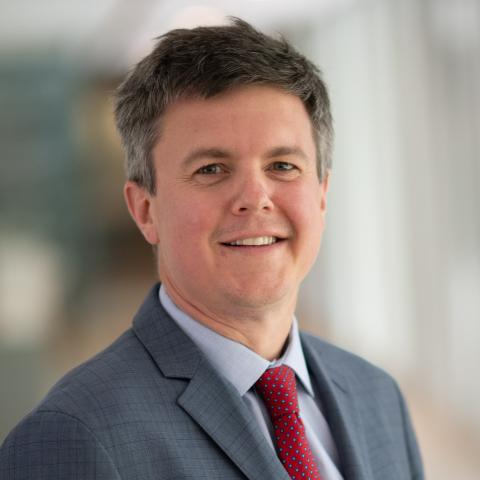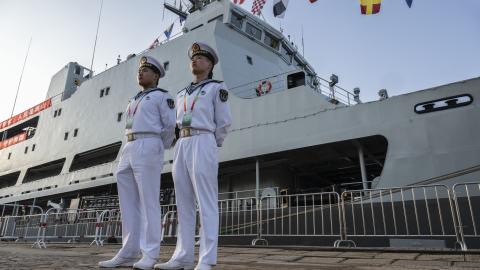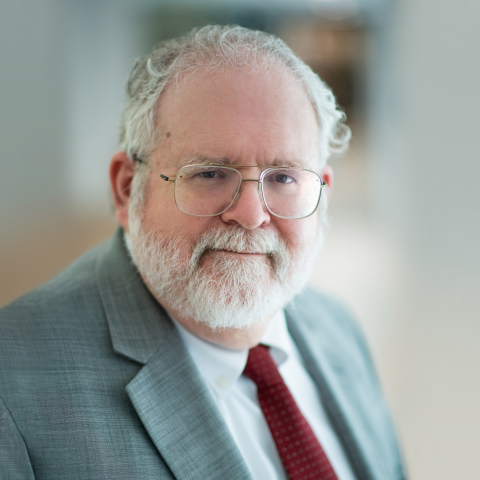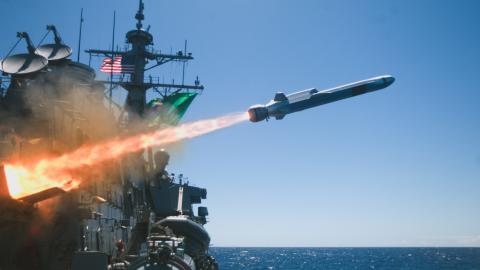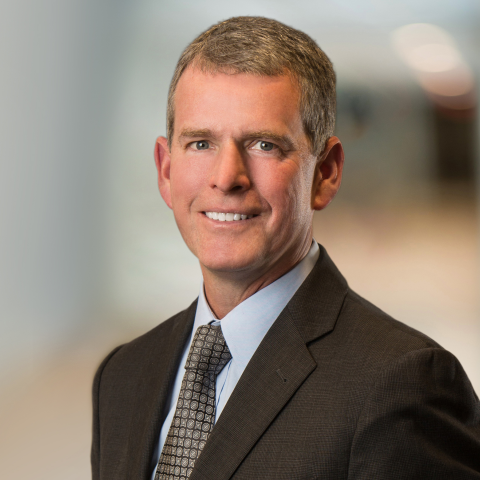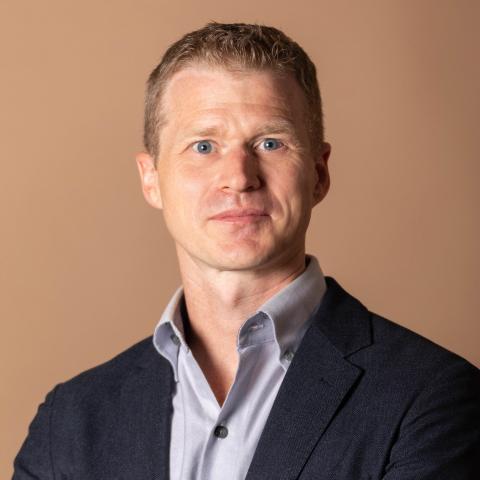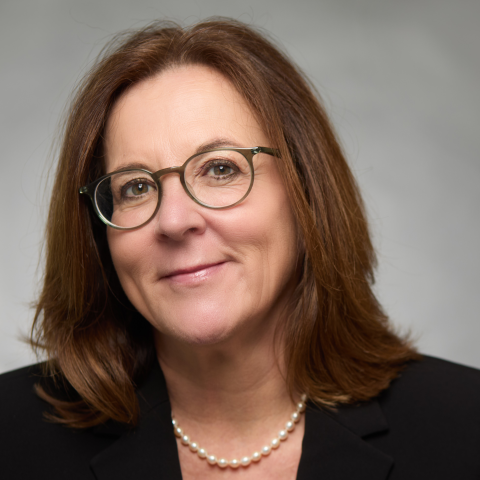When Japanese Prime Minister Shigeru Ishiba meets U.S. President Donald Trump in Washington, D.C. on Friday, it will be hard to ignore comparisons to the many visits made by the late Prime Minister Shinzo Abe during Trump’s first term. This is a tricky position for Ishiba, as it’s unlikely that any current Japanese leader, or foreign leader for that matter, could replicate the close rapport Abe had with Trump.
Yet, the shadow of Shinzo Abe could loom large at the White House on Friday in more ways than one. Trump’s second term in office seems to echo Abe’s post-2012 approach as Prime Minister in several key ways.
Like Trump in 2025, Abe was in his second term as Japan's leader in 2012. Trump is only the second U.S. president in history to serve non-consecutive terms, while, interestingly, Abe was only the second post-war Japanese leader to do the same.
Both men faced approval ratings that had plummeted by the end of their first terms—Abe’s dipped to just under 30 percent in 2007, while Trump’s hovered around 34 percent in January 2021. However, both defied expectations and made impressive political returns.
What is now becoming clear, however, is how much Trump, like Abe, learned from his past failures. Glen Fukishima, the former CEO of Airbus Japan and a senior fellow at the Center for American Progress, observed that Abe had “reflected on his failed one-year tenure as prime minister, strategized on how to make a comeback, and formulated policies he would pursue—such as Abenomics—if he were successful in regaining power.” Both publicly, through think-tank guided work such as Project 2025 and the America First Policy Institute, and I suspect privately also, Trump and his advisors went through the same process.
Beyond preparing day one policies, the Trump team appears to have drawn similar conclusions to Abe and his advisors about the more general approach they would need to take to successfully implement their ideas. Scott Bessent, Trump’s newly confirmed Treasury Secretary, wrote in a 2022 retrospective on Abe’s economic plans, that the late Japanese leader, “[u]pon arriving in office in December 2012 . . . hit the ground running. He better understood how to manage the bureaucracy, wielding the levers of power with confidence and aplomb.” Bessent also noted that Abe, “in his second iteration . . . moved the power of the state away from the civil servants and back to the Kantei (the prime minister’s office) and the ministers.”
Mr. Fukishima adds that, “Among the lessons Abe learned from his first time at the top was the need for the prime minister to exercise control: to monitor and shape the environment to the benefit and advantage of himself and the party in power, including information, as collected, disseminated, and explained by the mass media.”
Sound familiar?
It’s unclear if Trump is consciously following Abe’s playbook, but obviously one of Trump’s key cabinet members, Scott Bessent, has extensive experience with Abe’s policies and even personal ties to some of his advisers. Some have even drawn parallels between Bessent’s “3-3-3” economic plan and Abe’s “Three Arrows” strategy to revive Japan’s economy.
The strong bond between Trump and Abe may have stemmed from more than just personal chemistry; the two shared common traits, especially when it came to nationalism. While Abe was often seen as more open to international cooperation and trade than Trump, he still understood that Japan, as a middle power, needed strong alliances to remain secure and prosperous—a sentiment Trump likely respected.
For Prime Minister Ishiba, who has had political tensions with Abe in the past—including during Abe’s efforts to build trust with Trump—there may be lessons to learn. Ishiba could consider following Trump’s example and learning from Abe’s time in office, not just to navigate his own political future, but also to forge a more strategic relationship with the U.S. President.

